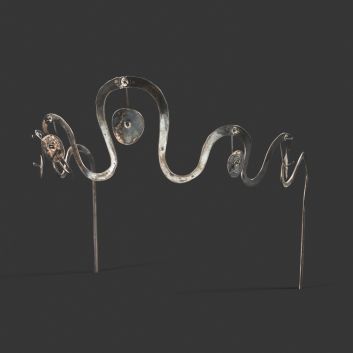Rating and value of paintings, drawings, lithographs by Alexander Calder
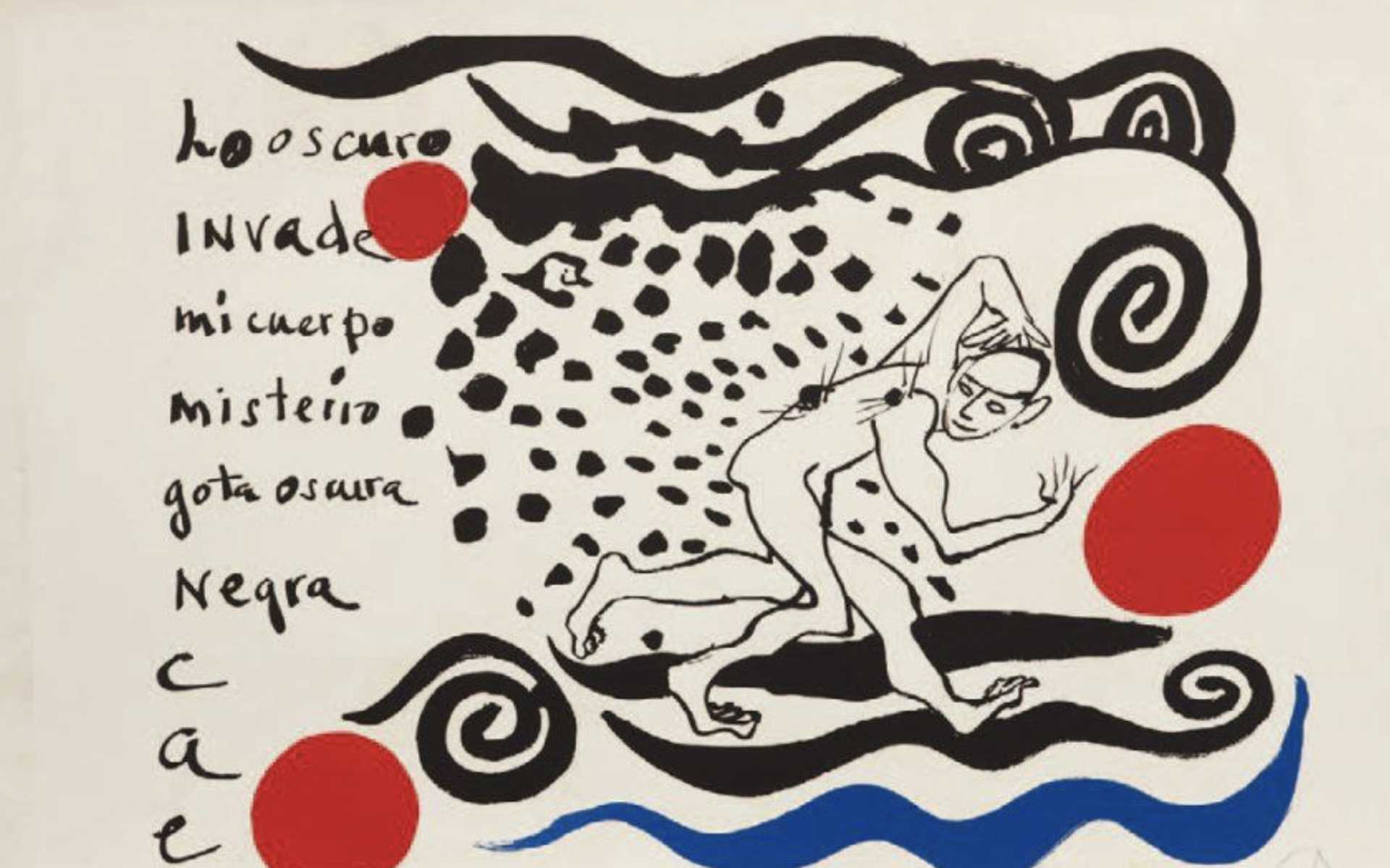
Alexander Calder (1898-1976) is an American artist who is highly regarded on today's auction market. His extraordinary career testifies to his genius and the scope of his production. The artist's current market value bears witness to the infatuation his works arouse among collectors, defying time and trends.
If you own a work by or based on the work of the artist Alexander Calder and would like to know its value, our state-approved experts and auctioneers can help you. Our specialists will carry out a free appraisal of your work, and provide you with a precise estimate of its value on the current market. Then, if you wish to sell your work of art, we will guide you towards the best possible means of obtaining the best possible price.
Artist's rating and value
The success and renown of his works have established Alexander Calder as a major player on the art market since his lifetime. In recent years, the artist's market value has continued to rise. Calder's most sought-after works are his paintings, mobiles and volume sculptures (including jewelry), which are very popular on the French and American markets. A Calder painting can fetch millions of euros, as demonstrated by his oil on canvas Seven Black, red and blue, dating from 1947, which sold for €2,373,750 at Sotheby's in 2017, whereas it was estimated at between €762,130 and €1,017,240.
Order of value from the most basic to the most prestigious
Technique used | Results |
|---|---|
Print - multiple | From €10 to €40,660 |
Drawing - watercolor | From €320 to €301,390 |
Paintings | From €490 to €2,373,750 |
Response in less than 24h
The artist's creations and style
Calder's artistic output was extremely prolific and diverse throughout his career. His creations are distinguished by their inventive use of different types of metal, such as brass and bronze. He meticulously studied the composition of his sculptures and paintings in advance, with the aim of finding a balance. His artistic creations also bear witness to his great creativity, which takes every detail into account.
His work and style are quite distinct in the history of twentieth-century art, even though they are part of the kinetic art movement, which consists in producing works in motion or giving the impression of motion.
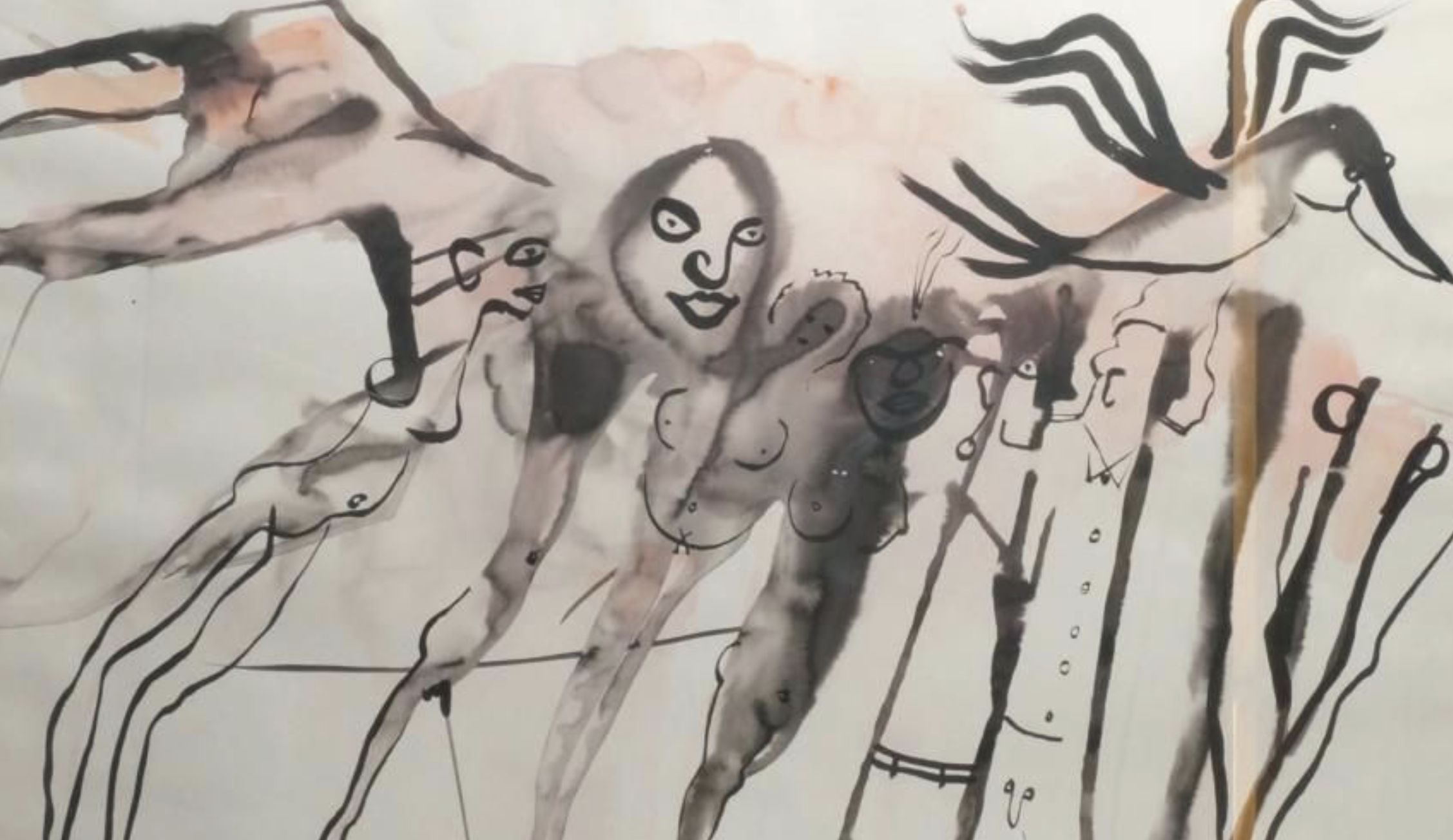
Alexander Calder, his life and work
Born in 1898 in Pennsylvania into a family of already talented and famous artists, Alexander "Sandy" Calder is an American artist. His mother, Nadette Lederer Calder, was an excellent painter, while his father, Alexander Stirling Calder, was a fine sculptor. He was brought up in the art world from an early age, and developed a certain singularity and stylistic identity as an artist.
He obtained a degree in mechanical engineering from the Stevens Institute of Technology. In 1923, he joined the Art Students Legaue of New-York to continue his artistic training. Ever since he was a child, he had been creating works with his father's materials, and never stopped producing. Arriving in Paris in 1926, he presented a collection of toys he had made at the Salon des humoristes the following year.
From 1929, his passion for the circus led him to create numerous sculptures for Calder's circus. He creates and sculpts small automata that he adorns. It's an authentic performance that he presents all over Europe for around two hours. In Paris, he meets artistic personalities such as Joan Miro, Jean Cocteau, Robert Desnos and Le Corbusier.
It is possible to perceive a strong artistic affinity with Miro in some of his creations, particularly in the way he uses shapes and colors. In the latter respect, he also uses the same color palette as Mondrian.
In 1932, he began production of his Mobiles, named by Marcel Duchamp. He fled to the United States with other artists such as Chagall to continue producing in peace during the Second World War. He won several awards, including the Grand Prix at the Venice Biennale.
Alexander Calder's legacy and the success of his paintings
Alexander Calder is an artist who has inevitably left his mark on the twentieth century, with his absolutely gigantic output and ever-greater, unexpected innovation. Today, his value on the auction market continues to grow, making him a particularly sought-after artist.
Calder's paintings are utterly unique, reflecting his distinctive world of childhood, surrealism and neoplasticism. Plastic similarities with Miro in terms of form, and similarities with Mondrian in terms of color treatment, form a combo that characterizes Calder's painting. Emancipated from trends, above the eternal abstraction/figuration debate, Calder paints to create and liberate movement.
He painted on a variety of supports and produced many lithographs, as well as decorating airplanes and cars for the Le Mans 24-hour race. He also painted on porcelain at the Sèvres factory towards the end of his career.
His signature
Not all Alexander Calder's works are signed.
Although there are variations, here is a first example of its signature:
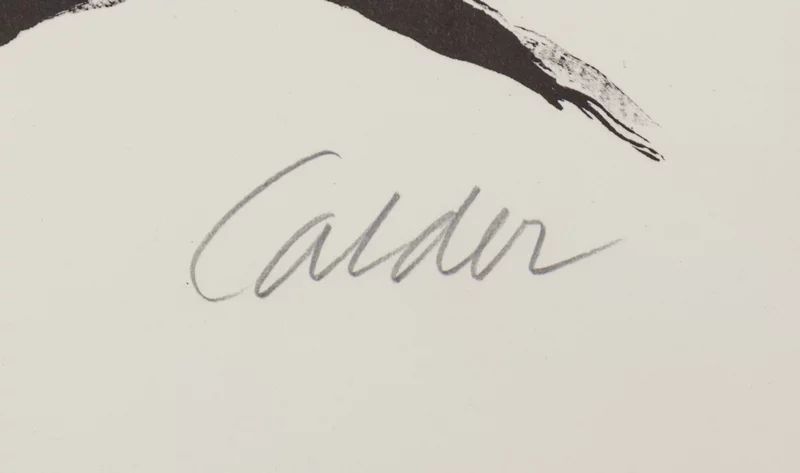
Appraising your property
If you own a work by Alexander Calder, don't hesitate to request a free appraisal by filling in our online form. A member of our team of experts and certified auctioneers will contact you to provide an estimate of the market value of your Dunand work.
If you're thinking of selling your work, our specialists will also guide you through the various alternatives available to obtain the best possible price, taking into account market trends and the specific features of each item.
Response in less than 24h
Related topics

Rating and value of works, paintings by José Cruz Herrera
José Cruz Herrera is a 20th-century Orientalist painter who produced mainly oils on canvas. They are valuable and his price is stable.
Read more >
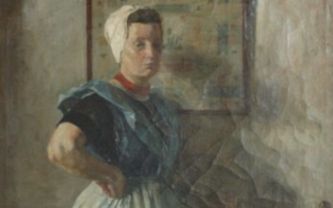
Rating and value of works, drawings, paintings by Jacob Hend...
Jacob Hendrik Pierneef is a South African impressionist painter who produced drawings and oil paintings that are sought-after at auction.
Read more >

Rating and value of Luong Xua's paintings, drawings and...
Luong Xuân Nhi is a Vietnamese painter trained in Hanoi, who has produced numerous works of high value. Estimated 24h.
Read more >
Secure site, anonymity preserved
State-approved auctioneer and expert
Free, certified estimates


